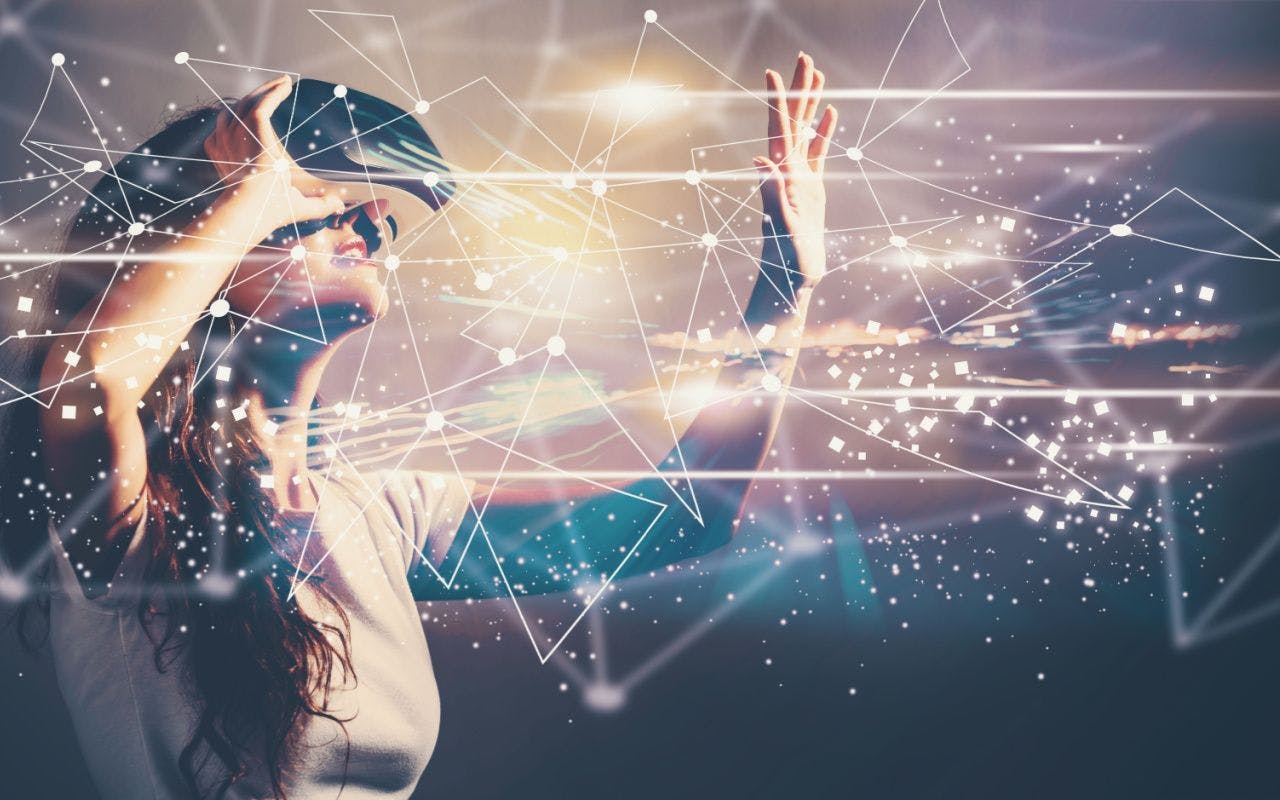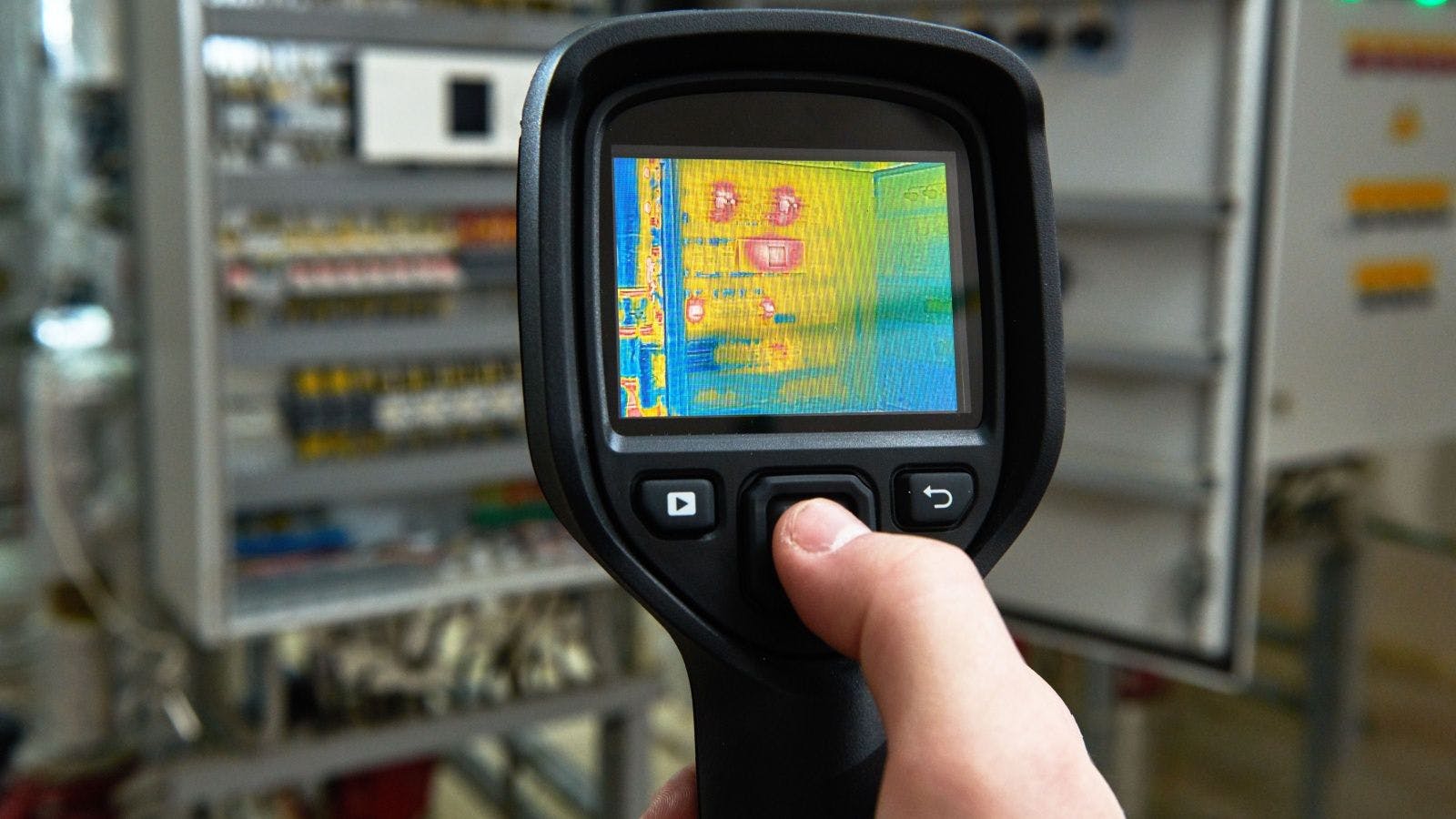
The Reality of Implementing VR/AR on the Jobsite
In recent years, investment in construction technology has seen rapid growth, changing how projects are delivered. Notably, virtual reality and augmented reality have gained significant traction, revolutionizing the way we approach construction.
VR versus AR
Virtual reality immerses users in digital environments, offering a complete detachment from the physical surroundings via specialized VR headsets. These headsets block out external visuals and audio, creating an all-encompassing digital experience. Recent advancements in cloud computing have enabled multiple users to explore virtual models or spaces simultaneously, regardless of their physical locations. These headsets vary in comfort and often feature adjustable visors, ensuring complete immersion in the digital realm.
In contrast, augmented reality enhances the real world by superimposing digital information and virtual objects onto the physical environment. AR can also be a collaborative experience when multiple users share compatible headsets. By seamlessly blending digital elements with reality, AR proves invaluable for tasks such as assessing constructability, ensuring quality and alignment, offering X-ray or option vision to visualize hidden elements or alternative configurations, understanding access points, and facilitating interaction with various built components.
VR/AR Hardware and Software Options
Construction teams have a range of hardware options to choose from when integrating AR and VR into their workflows. Headsets like the Meta Quest and Apple Vision Pro offer immersive experiences with high-quality visuals and interactivity. On the other hand, AR tools like Microsoft HoloLens, Visual Live, Trimble Connect, Site Vision and XYZ Reality provide hands-free, augmented-reality experiences, enabling onsite workers to access real-time data and digital overlays while maintaining situational awareness.
Additionally, software companies like Struction Site have incorporated AR lite tools into their mobile apps. Struction Site's X-ray vision feature enables users to overlay previously captured 360-degree photos onto current jobsite conditions, providing a simulated view behind concealed walls. Price reductions have also made VR and AR more accessible, with hardware costs dropping from a high of $15,000 to as low as $500.
A Case Study
Over the past eight years, Skanska has tested multiple AR and VR tools across sites, extracting valuable insights that inform its usage for the benefit of its clients and future investments in the technology. VR is predominantly used for activities such as design reviews with owners and architects, trade coordination meetings, feedback sessions with facility managers, and the creation of lifelike digital mockups and virtual tours. Additionally, Skanska has explored AR's applicability in various domains, including safety training, underground utilities, field verification and remote maintenance.
Clients might require time to adjust to the idea of integrating VR and AR into their business operations. In 2017, Skanska conducted a VR demo using Resolve for a major institution in New York City. However, at that time, the client deemed the technology too advanced for their needs and opted out.
After the worst of the pandemic had passed and construction projects were restarting, the client changed their minds about the use of VR. Once implemented, the immersive VR experience allowed the owner and facility managers to preview the built space before construction was complete. Over four months, Skanska flagged and reviewed more than 250 design issues with the client. The client was so impressed with the results that they decided to implement the use of VR across all their other projects.
Making Virtual Reality a Reality
To bring VR implementation from a possibility to a reality, consider the following steps:
- Get client buy-in. This necessitates a strong initial presentation, with a detailed model.
- Focus on issues that can have tangible value, things that allow the team to interact and experience the space so they can make decisions.
- Schedule and host recurring meetings to discuss findings and further engage with the tech. Keep the team engaged.
- Prioritize project issues, working from the bigger issues down to smaller issues. This process keeps the team organized and on track.
When Skanska worked with another client, they identified 273 design issues. By utilizing VR in advance, they were able to detail issues, so when the team went into the field they already knew where these issues were located, enabling them to efficiently resolve major areas of concern including the plumbing cleanout, VAV motors and mechanical piping trim. The client recognized significant cost savings through time preservation and eliminated the need for costly re-work.
Bringing AR to the Field
To effectively implement AR in the field, teams must establish a network of QR codes across the jobsite. These QR codes play a crucial role in accurately positioning digital models within the physical space. Ensuring high-quality 3D models is imperative for the success of this process. Once the QR code network is properly set up, AR can help construction teams track work, control quality and enhance visibility across multiple trades. This increased visibility fosters better comprehension of each trade's scope of work, ultimately promoting smoother coordination and collaboration on complex projects.
VR/AR for Sales and Marketing
Beyond their real-world applications in construction, VR and AR serve as powerful communication tools for proposals and presentations. Custom visuals, high-quality graphics and immersive experiences offered by both VR and AR enable marketing and sales teams to convey compelling and dynamic narratives to clients. These tools enable clients to better visualize project details, design elements and overall project vision, instilling confidence in the project's success.
Challenges with VR and AR
The adoption of VR and AR technologies is not without its challenges. One common frustration arises when digital elements do not align seamlessly with site designs or walkthroughs. For instance, in AR, digital overlays may drift when users stray too far from the initial QR target used for positioning. Moreover, for VR headsets to accurately track hand movements, users must wear gloves of the correct color; otherwise, glove removal may be necessary.
Additionally, outdoor testing without polarized shields can lead to sunlight overpowering holograms, impacting visibility. As AR and VR technology and its usage advances, construction teams must consider the cost and setup time of these devices, the quality of the experience, and address potential resistance to prolonged headset use, typically limited to around an hour.
The Future of Reality
As the construction industry continues to evolve, the future of AR and VR technology holds promising advancements. With more construction teams embracing these technologies, and a growing level of competition in the hardware market, the industry will continue to see rapid innovation in this space.
Web-based solutions are poised to gain traction, simplifying access through designated web pages and eliminating the need for dedicated mobile apps or frequent updates. Additionally, cloud optimization of models, coupled with innovations in spatial recognition sensors like LiDAR, will enhance precision and reduce drift, further streamlining the integration of these technologies into construction workflows.
While AR and VR may not suit every client or project, their trajectory is clear: these technologies will become increasingly sophisticated, user-friendly, cost-effective and accessible. The construction sector stands to benefit significantly from these developments, enhancing collaboration, efficiency and quality across the board.
Related stories








